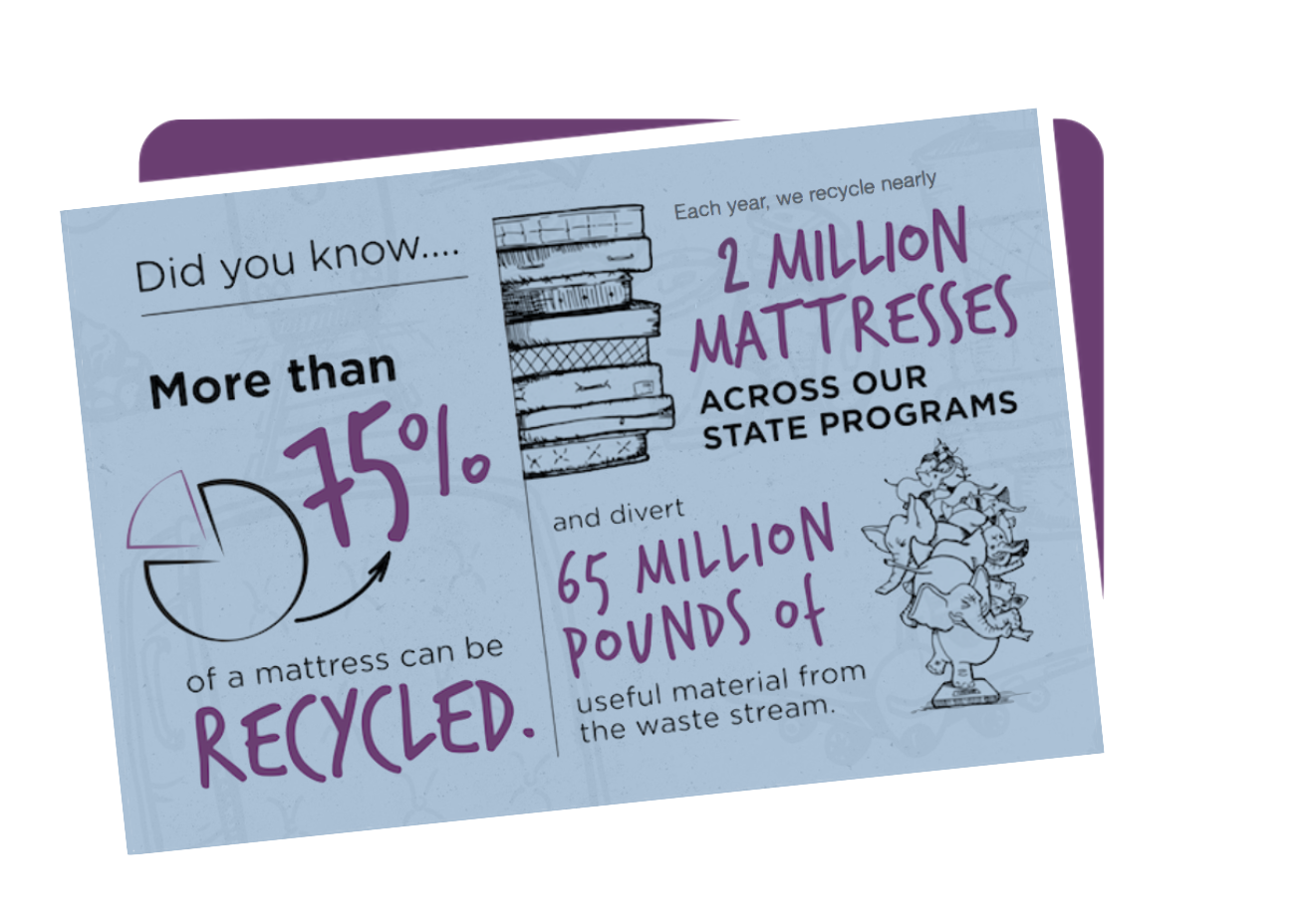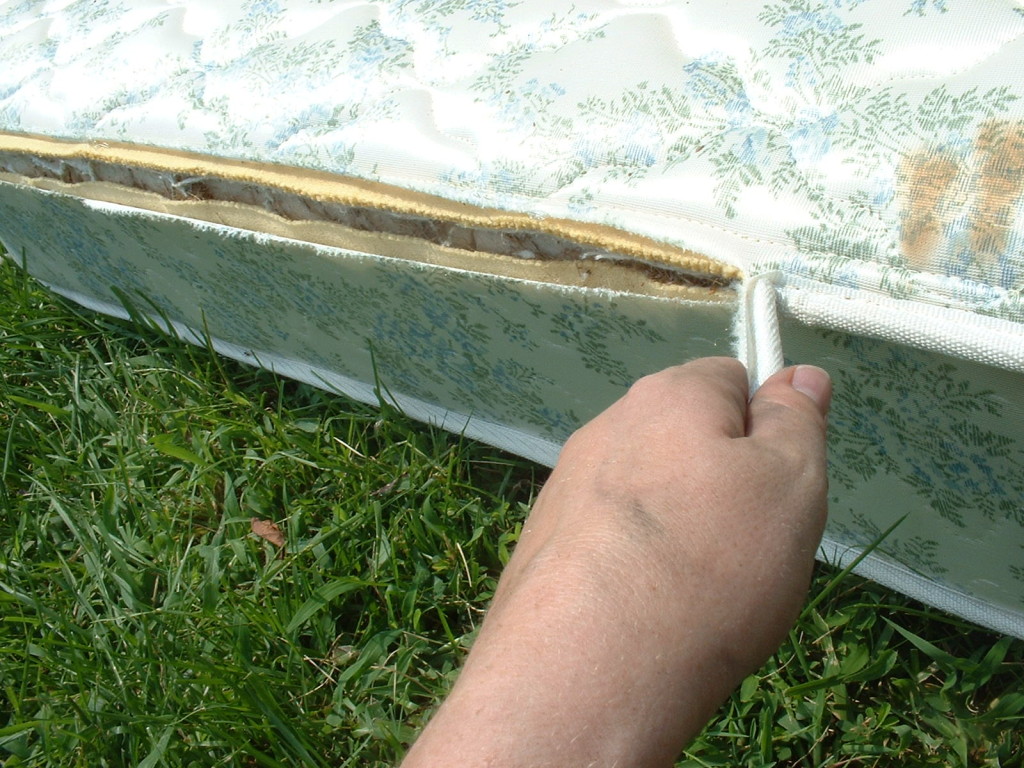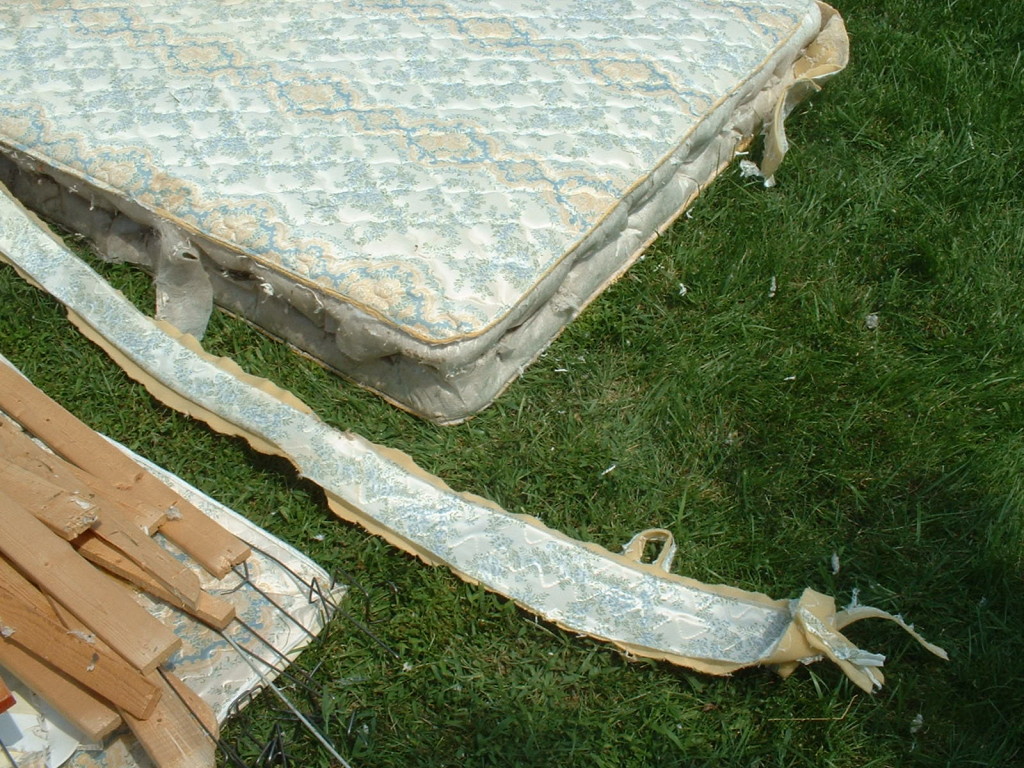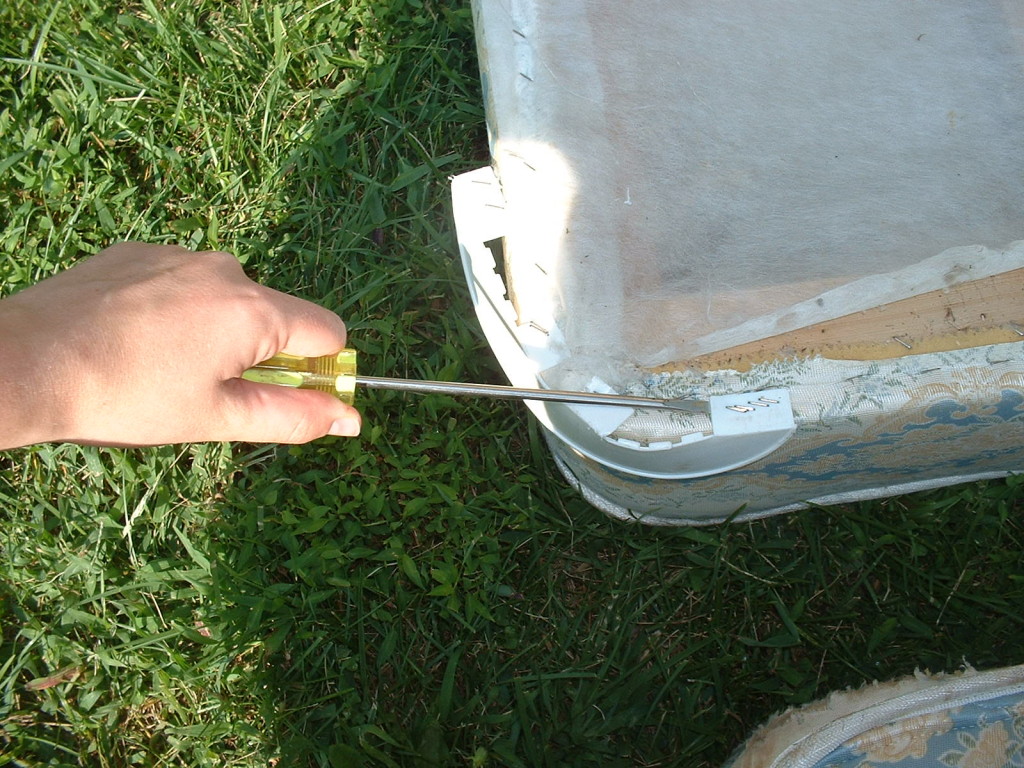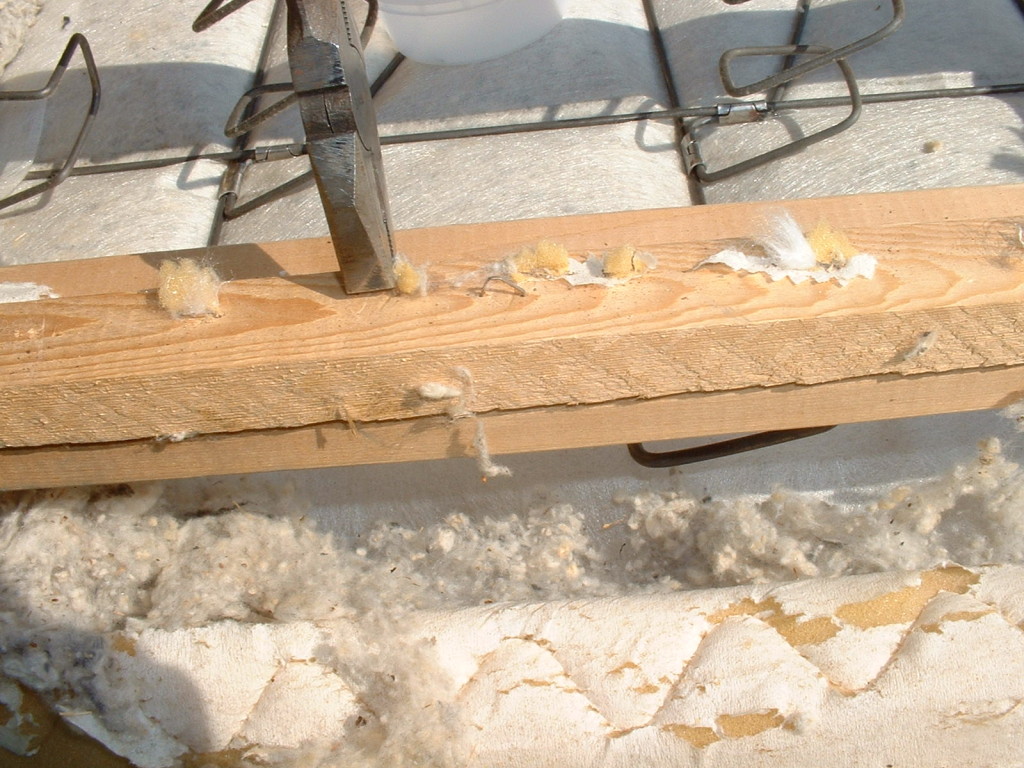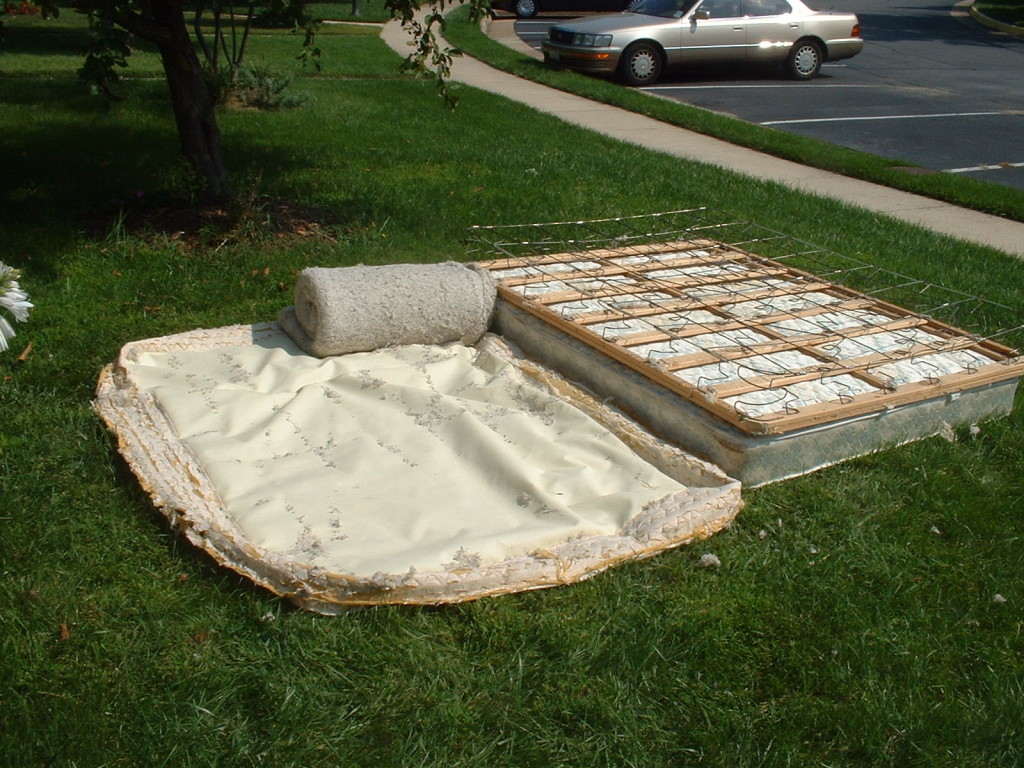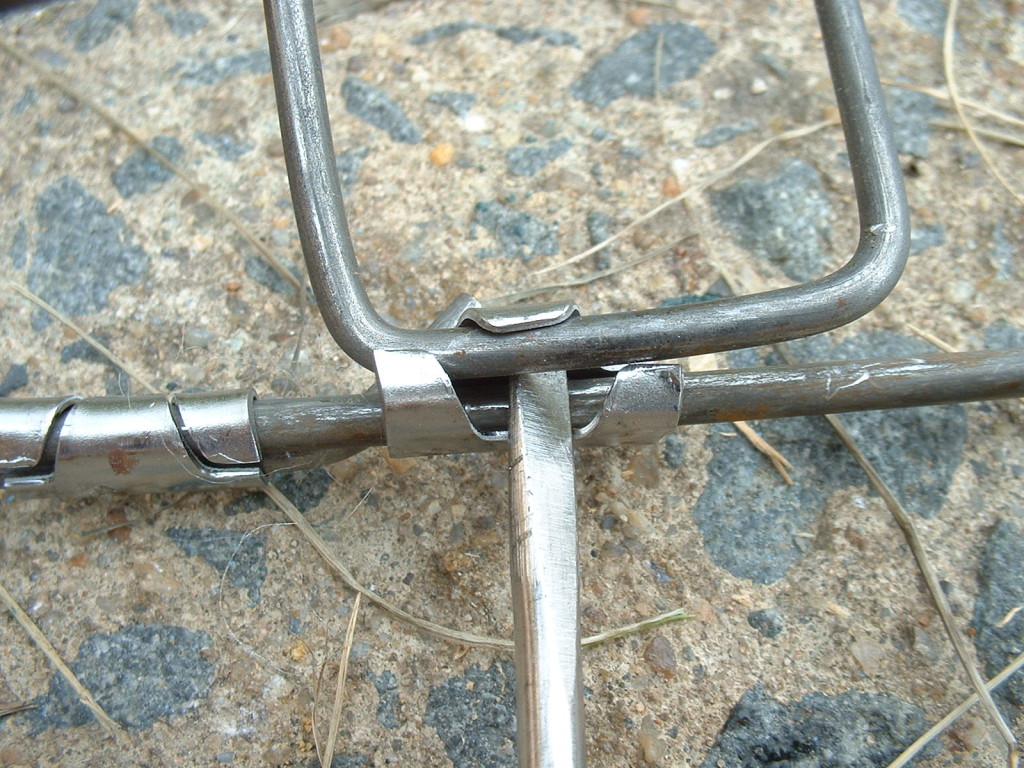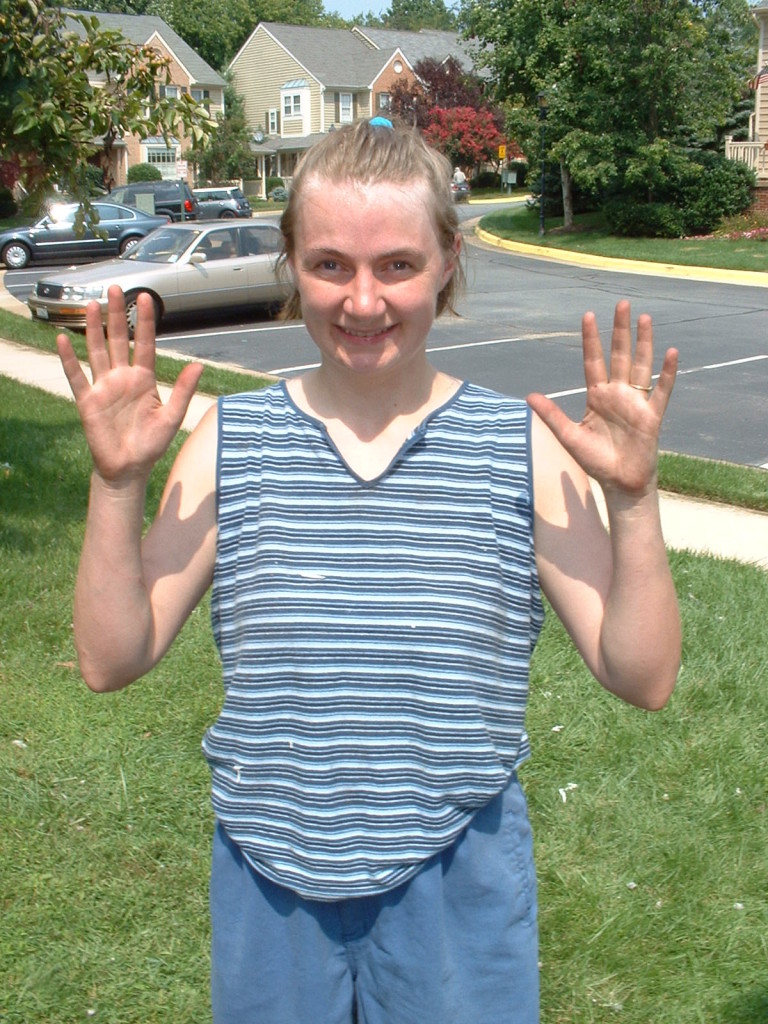Recycling a Mattress and Box Spring
There is an interesting psychological element to throwing out giant items. It is one thing to throw away many small pieces of trash, but when you have a whole mattress or box spring, it just seems suddenly like there must be a better answer! I think that’s actually very interesting statement about how we feel about trash, and why it is so easy to not think about trash in a big picture way. I’ll talk about what I did in that blog in a minute, but first let’s paint a picture of how most mattress and box springs end up today in the US.
So at least 20 million mattress and box springs are thrown out every year in the United States or about 50,000 per day. That is a LOT of trash. And here’s the kicker – about 85% of the contents of a mattress and its box springs — the coils, foam, cotton, wood — can be recycled.
The challenge is that mattresses and box springs need to be taken apart into their components to be recycled. That doesn’t happen in most places. Most of the time when you purchase a new mattress, the mattress company takes it away. Most of those companies pay to have the mattresses incinerated or they ship them to states with the least–
expensive landfills.
Only three states are doing something more creative – California, Connecticut and Rhode Island. In each place, the state charges a fee of about $10 to pay for recycling the old mattress and box spring. Contractors take apart the mattresses, saving a lot of landfill costs. It also provides employment. In January 2017, the program recycled its millionth mattress. Can you imagine how many more would be recycled if this type of legislation was passed in more than 3 states? There are mattress recycling facilities in about 20 states, but only incentive programs in three.
The mattress recycling program is called Bye Bye Mattress, which features a map where you can see places to bring mattresses and box springs in those states. It is managed by the Mattress Recycling Council, which is located less than an hour from my home, but ironically there is not a mattress and box spring recycling program in my state of Virginia.
Another benefit of having coordinated mattress and box spring recycling is that often these programs also help with picking up old mattress & box springs from people’s homes. This reduces the ugly sight of seeing those dumped alongside the road.
Taking apart a mattress to its component parts for recycling
In 2004, I was reading a book called Conscious Style Home by Danny Seo. He describes taking apart a mattress to its component parts for recycling. I found that idea so intriguing – especially the idea that you could fit that mattress into a single garbage bag, once you had recycled all the other components. I wanted to give it a try. My co-worker Erik was throwing out an old mattress and box spring, and he delivered it to my front porch.
It was August in Virginia, definitely not the ideal season to be working hard outside. My daughter was about to turn one, and so she was a handful. But I proceeded to take apart that mattress and box spring on my front lawn (because we don’t have a flat backyard). I had no idea how to do it, but I figured I would experiment.
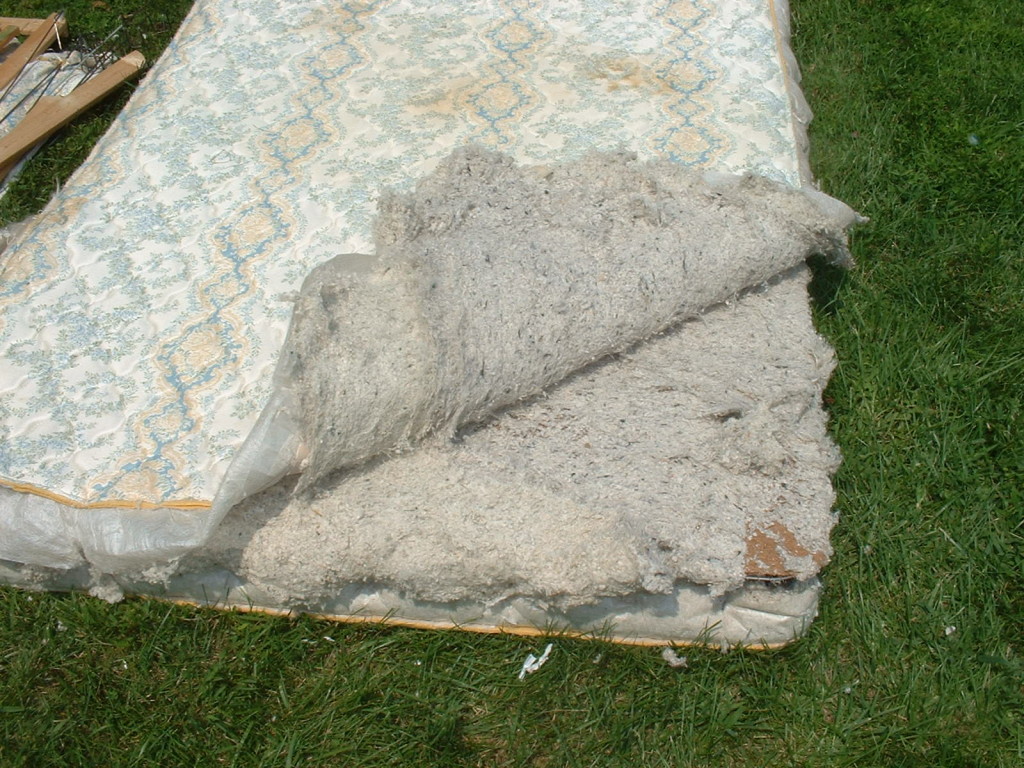
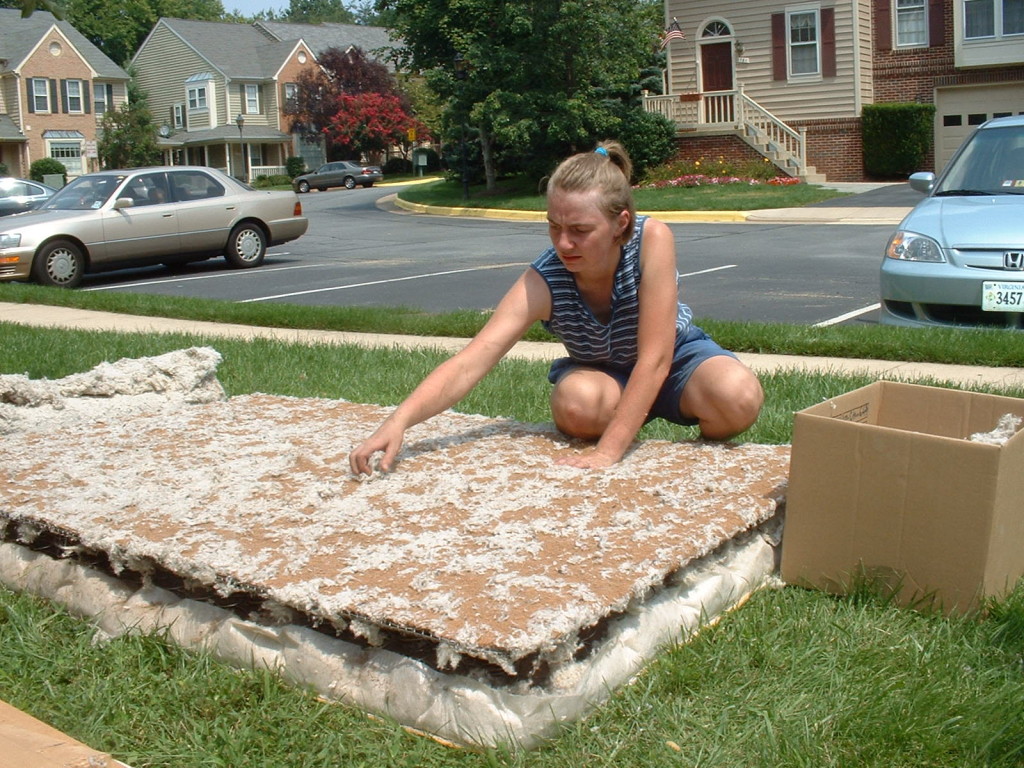
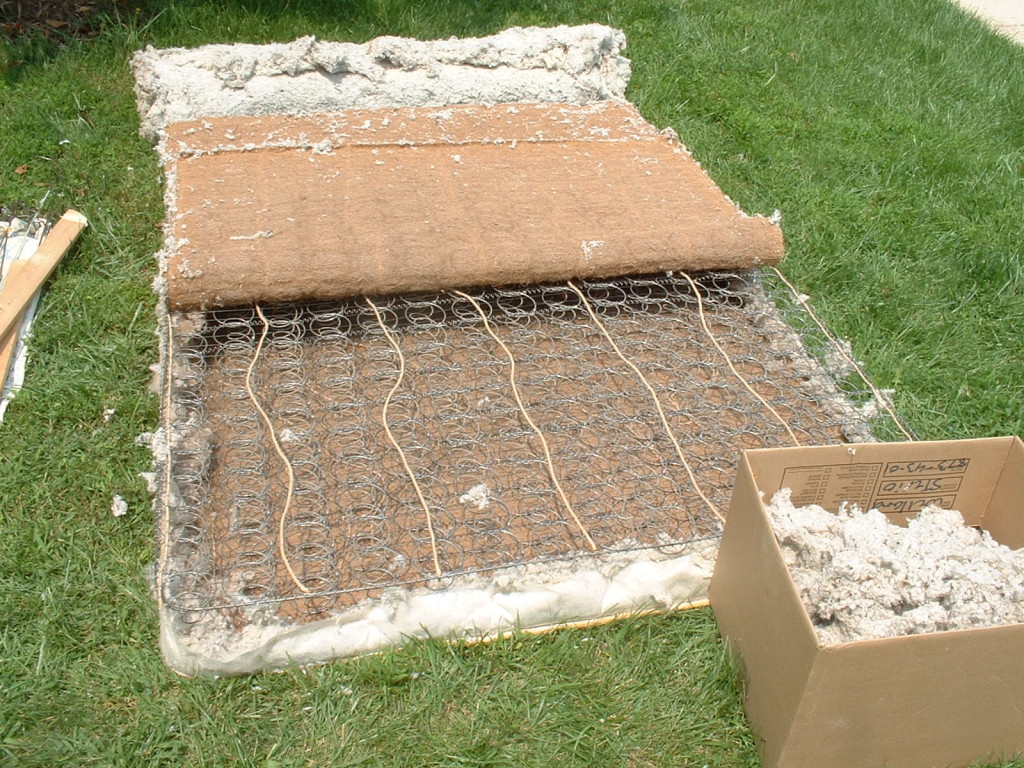
Trashmagination, US
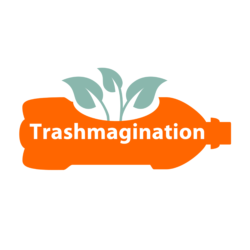
PROFILE
Carla Brown hosts Trashmagination, a podcast about reimagining trash and the creative reuse of recycled materials.
A lot of the content focuses on what artists have made from recycled materials. I share their stories so widen our perspectives on what is possible. But I also share ideas for smaller projects many people can do without having any background in art.
I came up with the term “trashmagination” when I heard the quote “Trash is the failure of imagination,” from Aaron Kramer from Urban Objects. It summarizes my belief that we can solve a lot of challenges with imagination.
Main Research Source
- Recycling a Mattress and Box Spring(24/05/2013)
- Podcast - Mattress and Box Spring Recycling(04/03/2017)
- Podcast transcript - Mattress and Box Spring Recycling(02/2017)
- Carla found the bed springs or coils – typically the parts to be reused- were covered in grease that she found difficult to remove even with a degreaser.
- Statistics may vary over the years, but you get the idea:
